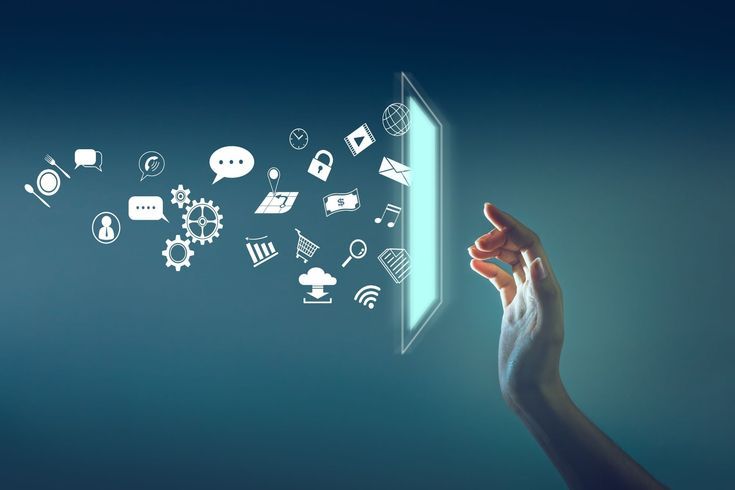Zero-Party Data Drives 2025 Conversions.

In a world increasingly defined by data privacy regulations and the inevitable decline of third-party cookies, digital marketers are facing a crucial pivot. The old ways of gathering customer insights are fading, making way for a new, more transparent, and incredibly powerful approach: Zero-Party Data. This isn’t just a buzzword; it’s the golden ticket to truly personalized experiences and higher conversions in 2025.
What Exactly is Zero-Party Data?
Let’s clarify:
- First-Party Data is what you collect from a customer’s observed behavior on your own channels (e.g., website visits, purchase history).
- Third-Party Data is collected by someone else and then bought or licensed (think traditional ad networks). This is the data type currently under siege.
- Zero-Party Data, on the other hand, is data that customers intentionally and proactively share with you. This includes their preferences, interests, needs, opinions, and even their explicit purchase intentions. It’s direct, it’s accurate, and it’s given with trust.
The “Why” Behind the Power
Why is zero-party data becoming so indispensable?
- Hyper-Personalization: When you know exactly what your customer prefers (their favourite colour, their preferred communication channel, their specific pain points), you can deliver truly relevant product recommendations, tailored content, and offers that feel bespoke, not generic.
- Enhanced Customer Experience: Imagine a customer landing on your site and instantly seeing products that match their stated style, or receiving emails only about topics they’ve expressed interest in. This creates a smoother, more intuitive, and delightful customer journey.
- Building Trust & Loyalty: In a privacy-conscious era, customers appreciate brands that respect their data and use it transparently. When they actively choose to share information, it builds a stronger foundation of trust, leading to increased loyalty and advocacy.
- Reduced Marketing Waste: Armed with explicit preferences, your marketing efforts become incredibly efficient. You target the right people with the right message at the right time, leading to higher engagement and significantly lower customer acquisition costs.
How to Collect Zero-Party Data (The Right Way)
The key is to make it valuable and engaging for the customer:
- Interactive Quizzes & Polls: “What’s your style?” “Find your perfect product.” These are fun ways to gather preferences.
- Preference Centers: Empower users to choose what kind of content they want to receive (e.g., “Send me updates on new arrivals, but not sales.”).
- Surveys & Questionnaires: Short, focused questions integrated at key points in the customer journey (e.g., post-purchase, after a content download).
- Opt-in Forms for Specific Content: Offering gated content (e-books, webinars) in exchange for specific insights into their interests.
- Personalization Onboarding: During signup or initial app use, ask a few quick questions to tailor their immediate experience.
Putting Data into Action
Once collected, integrate this invaluable data across your marketing stack:
- Email Marketing Segmentation: Craft highly targeted email campaigns based on explicit interests.
- Website Personalization: Dynamically change website content and product displays based on user preferences.
- Product Development: Use aggregated zero-party insights to inform new product features or offerings.
- Ad Creative Tailoring: Craft messages that directly address stated needs and interests, even on platforms with reduced targeting options.
Conclusion:
Zero-party data isn’t just a workaround for privacy concerns; it’s a fundamental shift towards building deeper, more meaningful customer relationships. By inviting customers to willingly share their preferences, you’re not just collecting data; you’re cultivating trust, enhancing experiences, and ultimately, driving more effective and profitable conversions in 2025 and beyond.